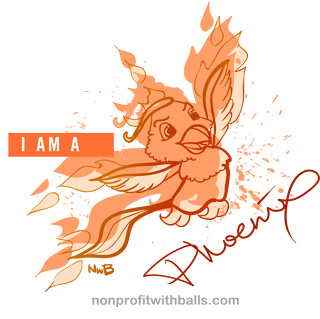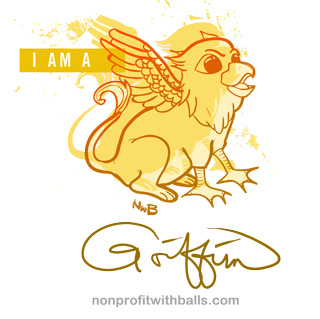 The more I work in this field, the more amazed and inspired I am by the people in it. You are some of the smartest people I know. You could choose to pursue work elsewhere for much better pay and prestige. But you are here in this field fighting each day to lift up our families and strengthen our communities. You are awesome because you know that awful things in the world do not stop happening when we don’t think about them. You chose this work and stick around because you believe that if we want to make the world better, we can’t wait around for Fate or other people to take care of things.
The more I work in this field, the more amazed and inspired I am by the people in it. You are some of the smartest people I know. You could choose to pursue work elsewhere for much better pay and prestige. But you are here in this field fighting each day to lift up our families and strengthen our communities. You are awesome because you know that awful things in the world do not stop happening when we don’t think about them. You chose this work and stick around because you believe that if we want to make the world better, we can’t wait around for Fate or other people to take care of things.
The work is never easy, and we put up with a lot of crap, and in the quest to help end homelessness, to make elders feel less lonely, to expose kids to art and music, to make the world greener, to change unfair policies, to undo the forces of racism and homophobia and sexism and oppression, and overall to make the world better, we sometimes forget to stop to appreciate ourselves and give ourselves and each other some credit.
So today, Valentine’s Day, I just want to say that you are each a unicorn to me.
To the program staff who are on the front line helping clients, who stay late in the evenings and weekends to tutor a student or serve a hot meal to the hungry or comfort the lonely, you are each a unicorn.
To the development professionals who stuff thousands of letters, make dozens of calls per week, write grants, lead program tours, coordinate special events, and generally keep the organization afloat, you are each a unicorn.
To the admin staff who spend endless energy herding cats and putting out fires, who wake up in cold sweat after having nightmares about the budgets and HR policies and being able to make payroll this month, you are each a unicorn.
To the social justice activists and advocates who stand on the sidewalks in the cold to gather signatures and to push for better laws, who sometimes get arrested for civil disobedience in the name of equity, you are each a unicorn.
To the office management staff who keep the lights on and file paper and manage people’s schedules and check the mail and pay the bills and answer phone calls, you are each a unicorn.
To the financial management staff who make sure we stay on budget and can answer questions about where we’re spending money, who understand and explain obscure concepts like unrestricted and temporarily restricted and balance sheets and reserves, you are each a unicorn.
To the volunteer managers who wrangle the best out of people, to get them to pull up blackberry brambles and pick up litter and mentor kids, and make them feel appreciated so they come back and do it again, you are each a unicorn.
To the marketing and communication staff, who are keeping the fires alight so others can see the importance of our work, so the world can see the people whom we see every day, you are each a unicorn.
To the community organizers and community builders who get people to talk to one another, to help them realize their individual and collective power, to get neighbors to be more neighborly, you are each a unicorn.
I know I might have forgotten some people. Thank you for all that you do. Today, take a moment to give yourself some credit. You are a unicorn. A smart and charming and good-looking unicorn who is helping to make the world better. Take a moment to tell your colleagues that they are a unicorn to you.
Then, go home early and try not to work this weekend. Injustice and inequity will still be there to do battle with you afterward. You deserve a break, you awesome unicorn you.










